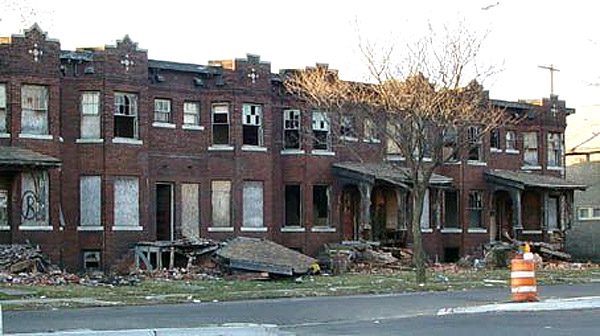Theres other actions that while not panceas help immensely. One is rationalization of tax structure and administration through municipal consolidation. That was not uncommon in the early to mid 19th Century. Later it became rare. The largest case I am aware of in the 20th Century was Indianapolis. In the 1960s a group managed to persuade the State legislature to force the Indianapolis suburbs inside Marion county to amalgamate into a single entity with the core city. Two small entities managed to remain nominally independent, isolated inside the larger city boundaries. Elimination of redundant city administrations, police, water, sanitation, ect... made for some cost savings. It made a end run around White Flight to the suburbs, recapturing a fair chunk of middle class voters and tax payers. This kept a larger portion of the middle & wealthy classes as stakeholders in the city and their talents contributing to school boards, and other local of city functions, vs a rapidly shrinking pool. Moving the city boundaries allowed renewed annexation of incorporated development and further growth into high revenue areas. While this did not directly influence business decisions the recaptured revenue from middle class residential districts and high value business properties enable Indianapolis to boost infrastructure spending & renewal projects in the older districts. That helped retain & attract such industry as was still operating, and the pretrial supporting businesses. It may have led to Indy being one of the earliest cities to see revivals of middle-class neighborhoods and gentrification of others, along with brownfield redevelopment. Like I wrote it was not the perfect panacea, but was a better cultivation of of the ground for urban revival or economic preservation.
